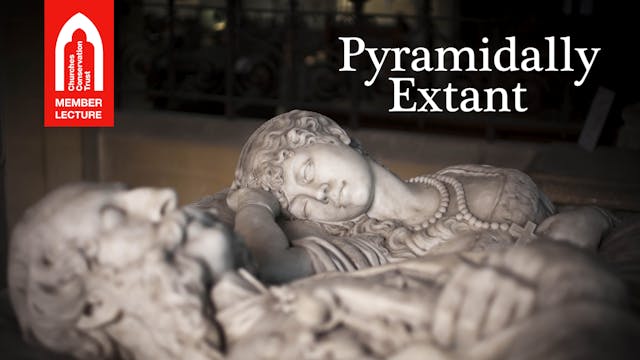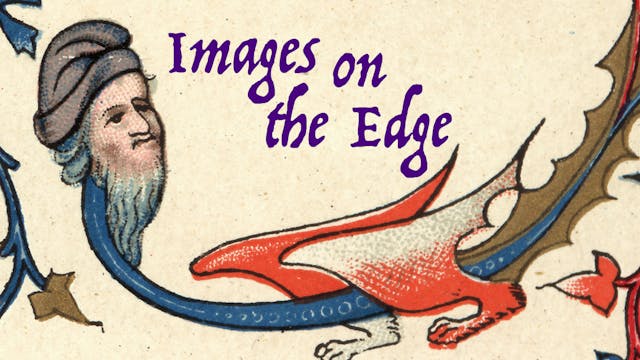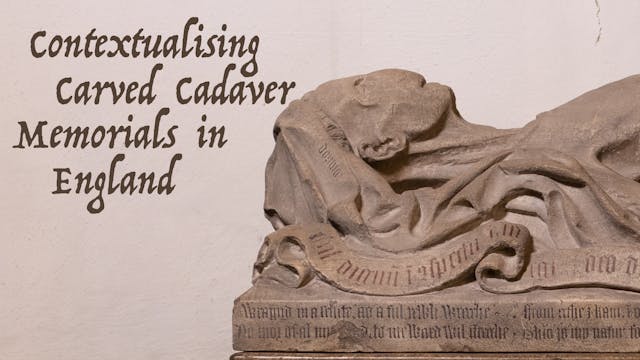G.F. Bodley, All Saints, Cambridge and the Churches Conservation Trust
Art
•
1h 16m
In 1981 the Redundant Churches Committee of the Church Commissioners agreed by a narrow margin – one vote – to vest All Saints, Cambridge, in the Churches Conservation Trust, thus saving it from certain mutilation and possible demolition. The building, designed by George Frederick Bodley and opened in 1864, was then valued in particular for its prominent place in the townscape of Cambridge and for its links with William Morris, in particular its magnificent east window by Morris’s firm, installed in 1866. Since then research has established that All Saints was not only a turning point in the Gothic revival but is also a significant embodiment of the shift in taste in the mid-Victorian years that led to the Queen Anne and Aesthetic movements. Michael Hall will place the church in its historical and architectural context and tell the story of how it came to be saved.
Michael Hall is the editor of The Burlington Magazine. He is the author of several books on the Gothic revival and nineteenth-century architecture and design, including George Frederick Bodley and the Later Gothic Revival in Britain and America, published by Yale University Press in 2014.
Up Next in Art
-
Pyramidally Extant
Ever wondered how you go about looking at funerary monuments? How were they built? Who built them? What do they tell us? Join the Churches Conservation Trust and Dr Jean Wilson, from The Church Monuments Society, for this fascinating lecture exploring the wide-ranging subject of funerary monument...
-
Images on the Edge: churches, manuscr...
Enjoy this amazing talk, which is given by leading medieval art expert, Professor Paul Binski.
Medieval England was famous for its marginal art - bizarre, funny and playful images crowd the borders of illuminated manuscripts and peek out at us in parish churches. But what were they for? Did they...
-
Contextualising Carved Cadavers Memor...
This talk explores the carved cadaver memorials in England. It places them in their theological and vernacular religious context, as well as providing a little information on where they sit in relation to images of the dead in medieval culture, and their connection to the body. It also touches on...



